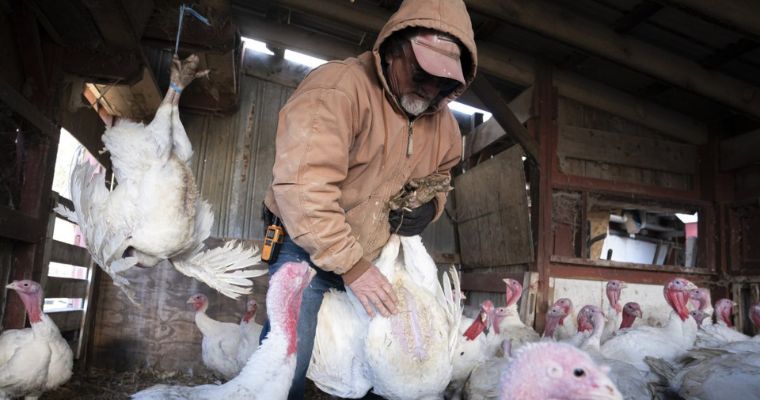
This week, a poultry facility in Michigan and an egg producer in Texas reported outbreaks of avian flu, raising concerns among health officials and the public. The latest developments on the virus also include cases of infected dairy cows and the first known instance of a human contracting bird flu from a mammal.
Although health officials emphasize that the risk to the public remains low, the emergence of outbreaks in significant poultry facilities has heightened concerns.
Here are some key points to understand about the disease:
Expert Perspectives:
Dr. Mandy Cohen, the director of the Centers for Disease Control and Prevention (CDC), stated that while the agency is taking bird flu seriously, the virus has been extensively studied. She highlighted the importance of precautions for farmworkers who handle not only birds but also cattle.
It’s reassuring that this isn’t a new strain of the virus, Dr. Cohen added. The medical community has been researching and preparing for avian flu for over two decades.
Understanding Bird Flu:
Avian flu, or bird flu, primarily affects birds but can also infect humans and other mammals. The virus spreads naturally among wild aquatic birds like ducks and geese before transmitting to domestic poultry such as chickens.
The current strain drawing attention, Type A H5N1, was first identified in 1959. Over time, it has evolved into newer versions.
Since 2020, the virus has been detected in various animal species globally, including dogs, cats, skunks, and even seals and porpoises.
Cases and Spread:
In the United States, the bird flu has been found in wild birds in all states, as well as in commercial poultry operations and backyard flocks. Tens of millions of chickens have died or been culled to prevent further outbreaks.
Recent cases have been reported in dairy herds across multiple states, including Idaho, Kansas, Michigan, New Mexico, and Texas.
Human Cases and Symptoms:
Bird flu was first identified as a threat to humans during a 1997 outbreak in Hong Kong. Since then, nearly 900 cases have been reported globally, with over 460 fatalities.
Symptoms of bird flu in humans are similar to those of other flu strains, including cough, body aches, and fever. In some cases, it can lead to severe pneumonia.
While most infections originate from direct contact with birds, there have been rare instances of human-to-human transmission, although the risk remains low.
Economic Impact and Concerns:
The economic impact of the current outbreak is still uncertain. Concerns have been raised about the transmission of the virus between species and its potential impact on various markets, including eggs and beef.
If the outbreak persists, consumers may face higher prices, and industries could experience reputational strain, affecting exports.
Despite recent outbreaks, the egg industry remains resilient, with wholesale prices down from their peak in February.
In conclusion, while the bird flu outbreak in the US is concerning, health officials and experts are closely monitoring the situation to mitigate its impact on both public health and the economy.




